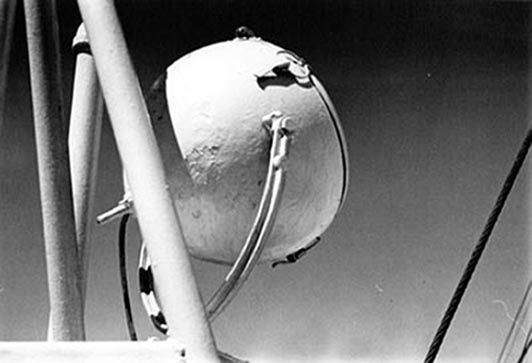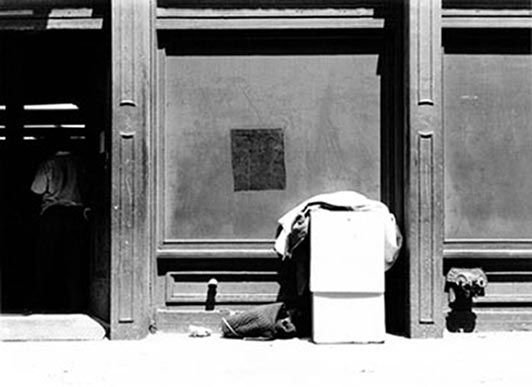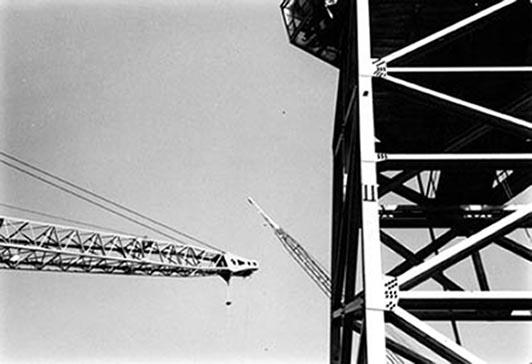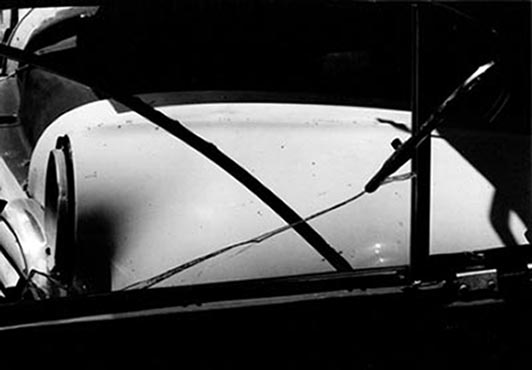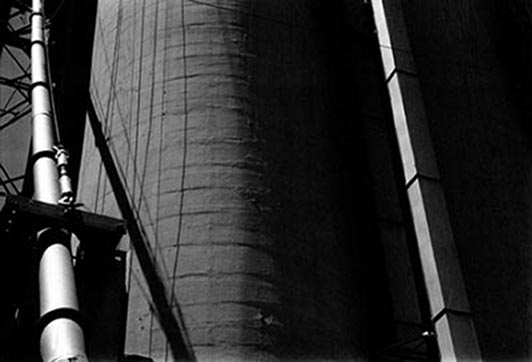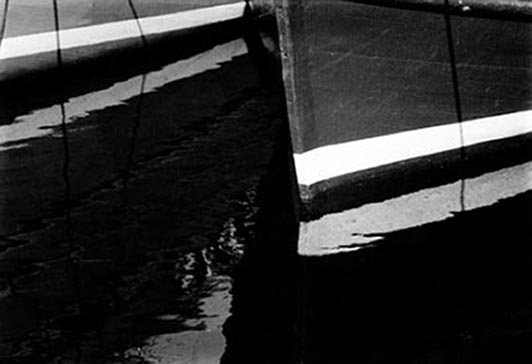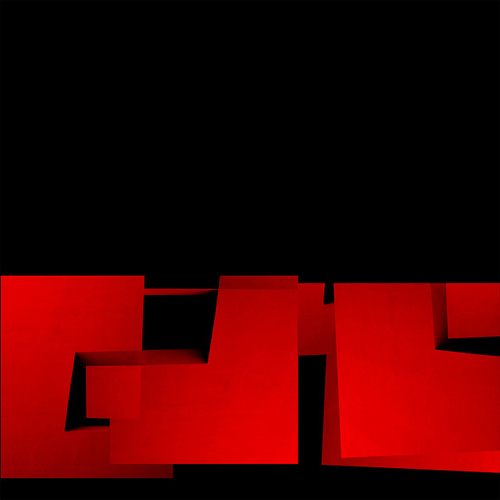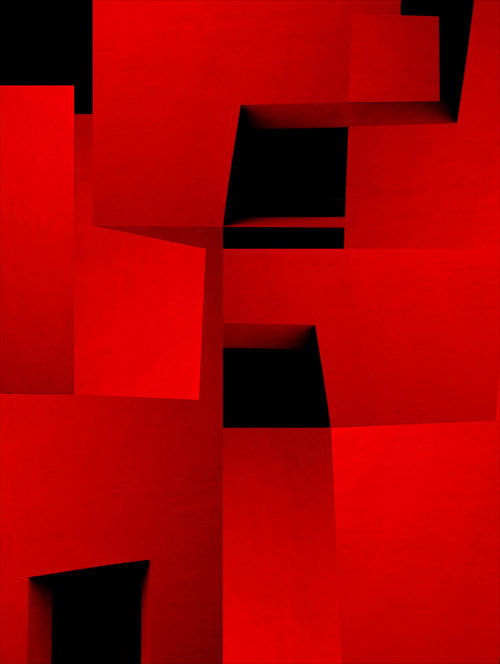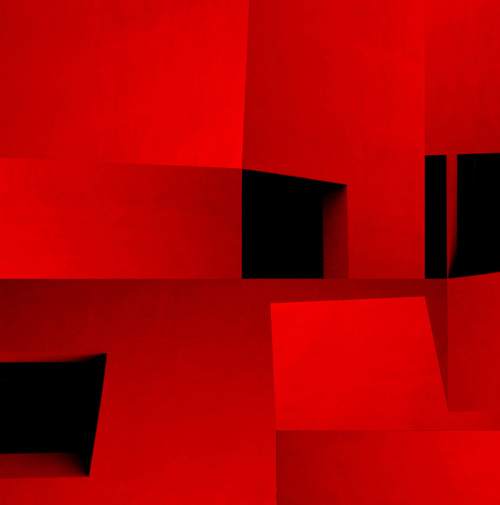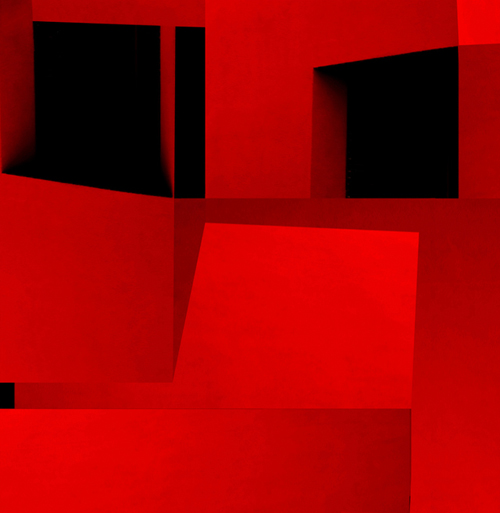::
“You will make illuminating discoveries.” ~ Ralston Crawford
::
::
“Ship’s Light”
gelatin silver print
8 x 10 in
1947
::
::
“Shelter”
gelatin silver print
8 x 10 in
1974
::
::
“Ship Detail”
gelatin silver print
8 x 10 in
1947
::
::
“Cranes, Coulee Dam”
gelatin silver print
8 x 10 in
1972
::
::
“Junk Car Window”
gelatin silver print
8 x 10 in
1958
::
::
“Grain Elevators, Minneapolis, MN”
gelatin silver print
8 x 10 in
1949
::
::
“Bow and Reflections, Stornoway, Scotland”
gelatin silver print
8 x 10 in
1974
::
Ralston Crawford was a painter taking photographs in the 1940s, 50s and 60s, a time in which painting, as a medium, was swelling to its heroic zenith and fine art photography had yet to reach its full stride. This is one reason Crawford’s photographs have been so little shown – Crawford’s paintings and prints found their place where the photographs, seen possibly as mere aids for painting, did not. Though Crawford did paint from photographs at times, there is nothing secondary about them: these rich views of rock formations, of docks and urban life, exhibit the same masterly attention to form as his paintings. The photographs should not be viewed as partial or premature visions of the paintings, but rather as representations of his desultory taste in style, medium and form. Looking at the photographs, one becomes aware of the depth of Crawford’s aesthetic – he depicted the world in the buoyant, semi-abstract terms in which he saw it, full of flat, carefully balanced planes, stiffly-lined contours and the rough-edges of life. His photos of torn paper evoke collage or perhaps the jagged edges of Clyfford Still. The mixture of symbol and space in his pictures of docks and boats recalls Stuart Davis. The formal and stylistic similarity of the paintings to the photos shows not that one supplants or supports the other, but that they’re mutual realizations of his deeply stylized, personal way of seeing. press release
::
Ralston Crawford : Zabriskie Gallery
Essay : Photography into Painting/ Painting into Photography
::
